Health
New Jersey woman recovering after receiving successful pig kidney transplant
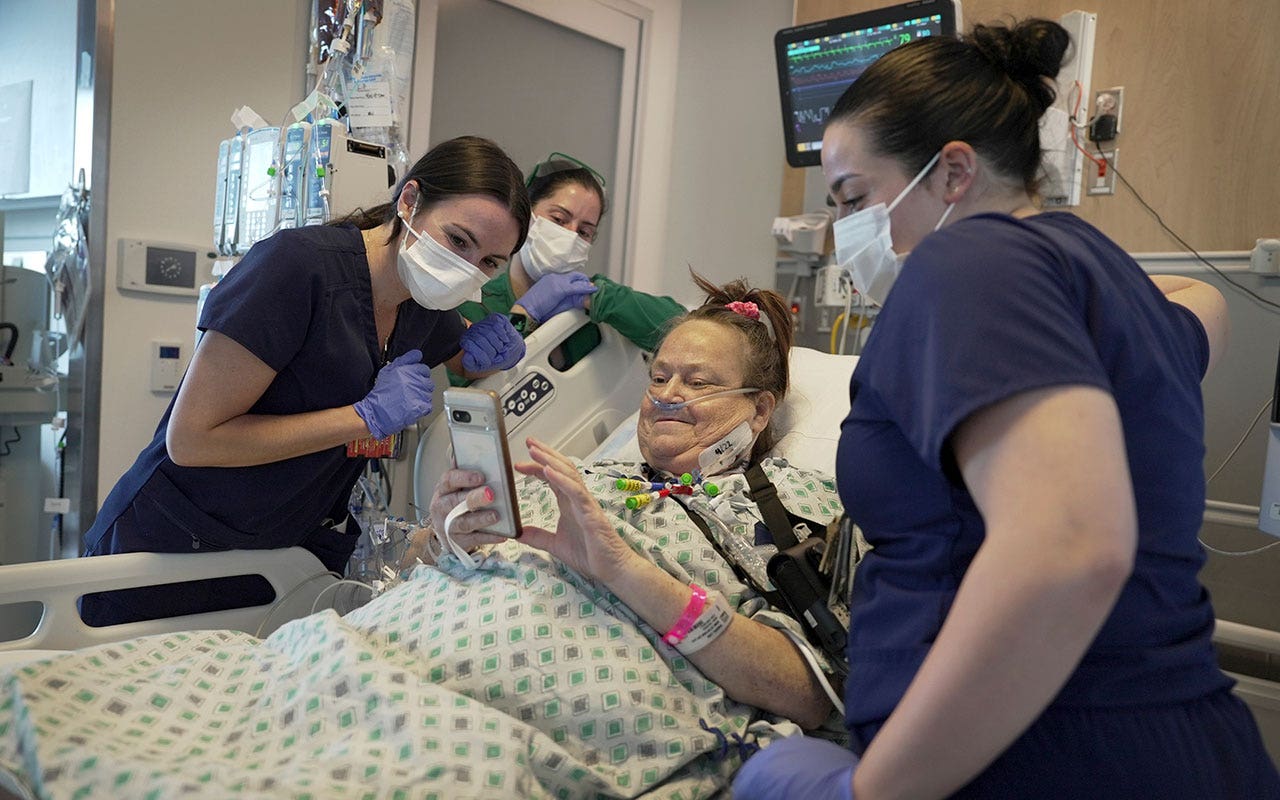
- Lisa Pisano faced heart and kidney failure, rendering her ineligible for traditional transplants, but a pioneering procedure at NYU Langone Health offered hope.
- Doctors implanted a mechanical heart pump to stabilize Pisano’s failing heart, followed by a kidney transplant from a genetically modified pig.
- Pisano’s recovery is progressing well, marking a significant advancement in animal-to-human transplantation.
Doctors have transplanted a pig kidney into a New Jersey woman who was near death, part of a dramatic pair of surgeries that also stabilized her failing heart.
Lisa Pisano’s combination of heart and kidney failure left her too sick to qualify for a traditional transplant, and out of options. Then doctors at NYU Langone Health devised a novel one-two punch: Implant a mechanical pump to keep her heart beating and days later transplant a kidney from a genetically modified pig.
Pisano is recovering well, the NYU team announced Wednesday. She’s only the second patient ever to receive a pig kidney — following a landmark transplant last month at Massachusetts General Hospital – and the latest in a string of attempts to make animal-to-human transplantation a reality.
MASSACHUSETTS MAN, RECIPIENT OF FIRST SUCCESSFUL PIG KIDNEY TRANSPLANT, IS DISCHARGED FROM HOSPITAL
This week, the 54-year-old grasped a walker and took her first few steps.
Lisa Pisano looks at photos of her dog after her surgeries at NYU Langone Health in New York on April 22, 2024. Doctors transplanted a pig kidney into Pisano, who was near death, part of a dramatic pair of surgeries that also included a fix for her failing heart. (AP Photo/Shelby Lum)
“I was at the end of my rope,” Pisano told The Associated Press. “I just took a chance. And you know, worst case scenario, if it didn’t work for me, it might have worked for someone else and it could have helped the next person.”
Dr. Robert Montgomery, director of NYU Langone Transplant Institute, recounted cheers in the operating room as the organ immediately started making urine.
“It’s been transformative,” Montgomery said of the experiment’s early results.
But “we’re not off the hook yet,” cautioned Dr. Nader Moazami, the NYU cardiac surgeon who implanted the heart pump.
“With this surgery I get to see my wife smile again,” Pisano’s husband Todd said Wednesday.
FEDS INVESTIGATE TEXAS SURGEON ACCUSED OF DENYING PATIENTS LIFE-SAVING LIVER TRANSPLANTS
Other transplant experts are closely watching how the patient fares.
“I have to congratulate them,” said Dr. Tatsuo Kawai of Mass General, who noted that his own pig kidney patient was healthier overall going into his operation than NYU’s patient. “When the heart function is bad, it’s really difficult to do a kidney transplant.”
THE PIG ORGAN QUEST
More than 100,000 people are on the U.S. transplant waiting list, most who need a kidney, and thousands die waiting. In hopes of filling the shortage of donated organs, several biotech companies are genetically modifying pigs so their organs are more humanlike, less likely to be destroyed by people’s immune system.
NYU and other research teams have temporarily transplanted pig kidneys and hearts into brain-dead bodies, with promising results. Then the University of Maryland transplanted pig hearts into two men who were out of other options, and both died within months.
Mass General’s pig kidney transplant last month raised new hopes. Kawai said Richard “Rick” Slayman experienced an early rejection scare but bounced back enough to go home earlier this month and still is faring well five weeks post-transplant. A recent biopsy showed no further problems.
A COMPLEX CASE AT NYU
Pisano is the first woman to receive a pig organ — and unlike with prior xenotransplant experiments, both her heart and kidneys had failed. She went into cardiac arrest and had to be resuscitated before the experimental surgeries. She’d gotten too weak to even play with her grandchildren. “I was miserable,” the Cookstown, New Jersey, woman said.
A failed heart made her ineligible for a traditional kidney transplant. But while on dialysis, she didn’t qualify for a heart pump, called a left ventricular assist device or LVAD, either.
“It’s like being in a maze and you can’t find a way out,” Montgomery explained — until the surgeons decided to pair a heart pump with a pig kidney.
TWO SURGERIES IN EIGHT DAYS
With emergency permission from the Food and Drug Administration, Montgomery chose an organ from a pig genetically engineered by United Therapeutics Corp. so its cells don’t produce a particular sugar that’s foreign to the human body and triggers immediate organ rejection.
Plus a tweak: The donor pig’s thymus gland, which trains the immune system, was attached to the donated kidney in hopes that it would help Pisano’s body tolerate the new organ.
Surgeons implanted the LVAD to power Pisano’s heart on April 4, and transplanted the pig kidney on April 12. There’s no way to predict her long-term outcome but she’s shown no sign of organ rejection so far, Montgomery said. And in adjusting the LVAD to work with her new kidney, Moazami said doctors already have learned lessons that could help future care of heart-and-kidney patients.
Special “compassionate use” experiments teach doctors a lot but it will take rigorous studies to prove if xenotransplants really work. What happens with Pisano and Mass General’s kidney recipient will undoubtedly influence FDA’s decision to allow such trials. United Therapeutics said it hopes to begin one next year.

Health
Intermittent Fasting for Menopause: Top Doc Reveals the Easy Twist Just for Women Over 50
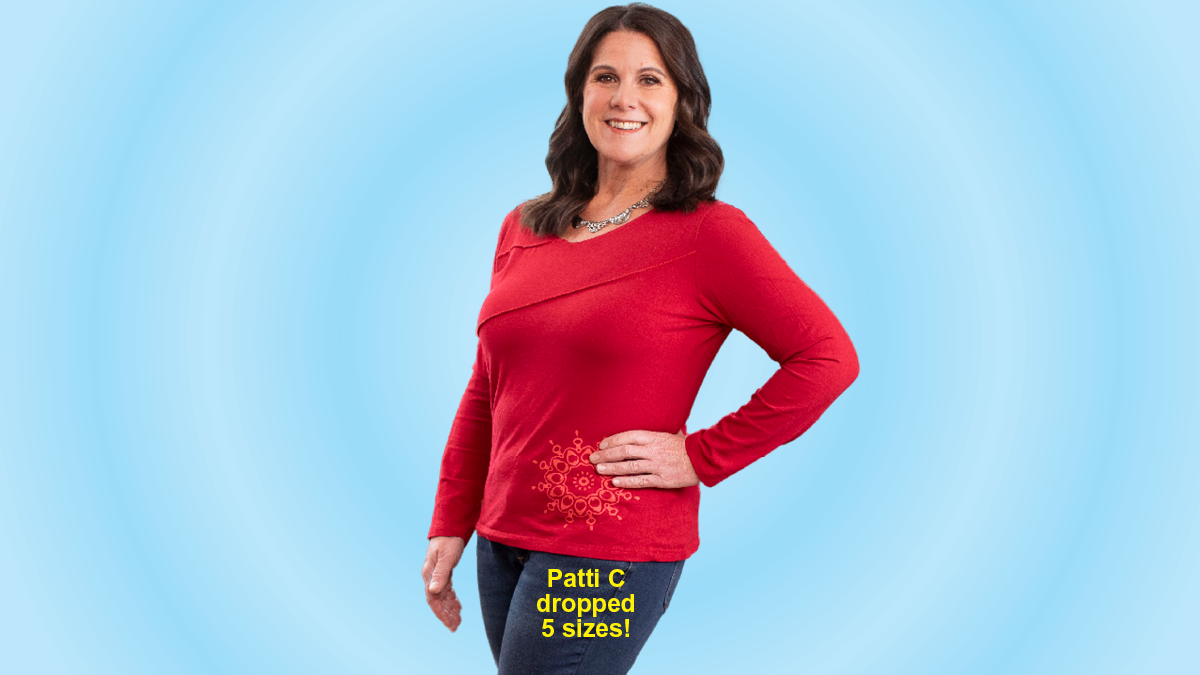
Sign Up
Create a free account to access exclusive content, play games, solve puzzles, test your pop-culture knowledge and receive special offers.
Already have an account? Login
Forgot your password?
Get back to the Sign In
Use left and right arrow keys to navigate between menu items.
Use escape to exit the menu.
Health
As cholera cases rise worldwide, health officials sound 'concerning' alarm about vaccine shortages
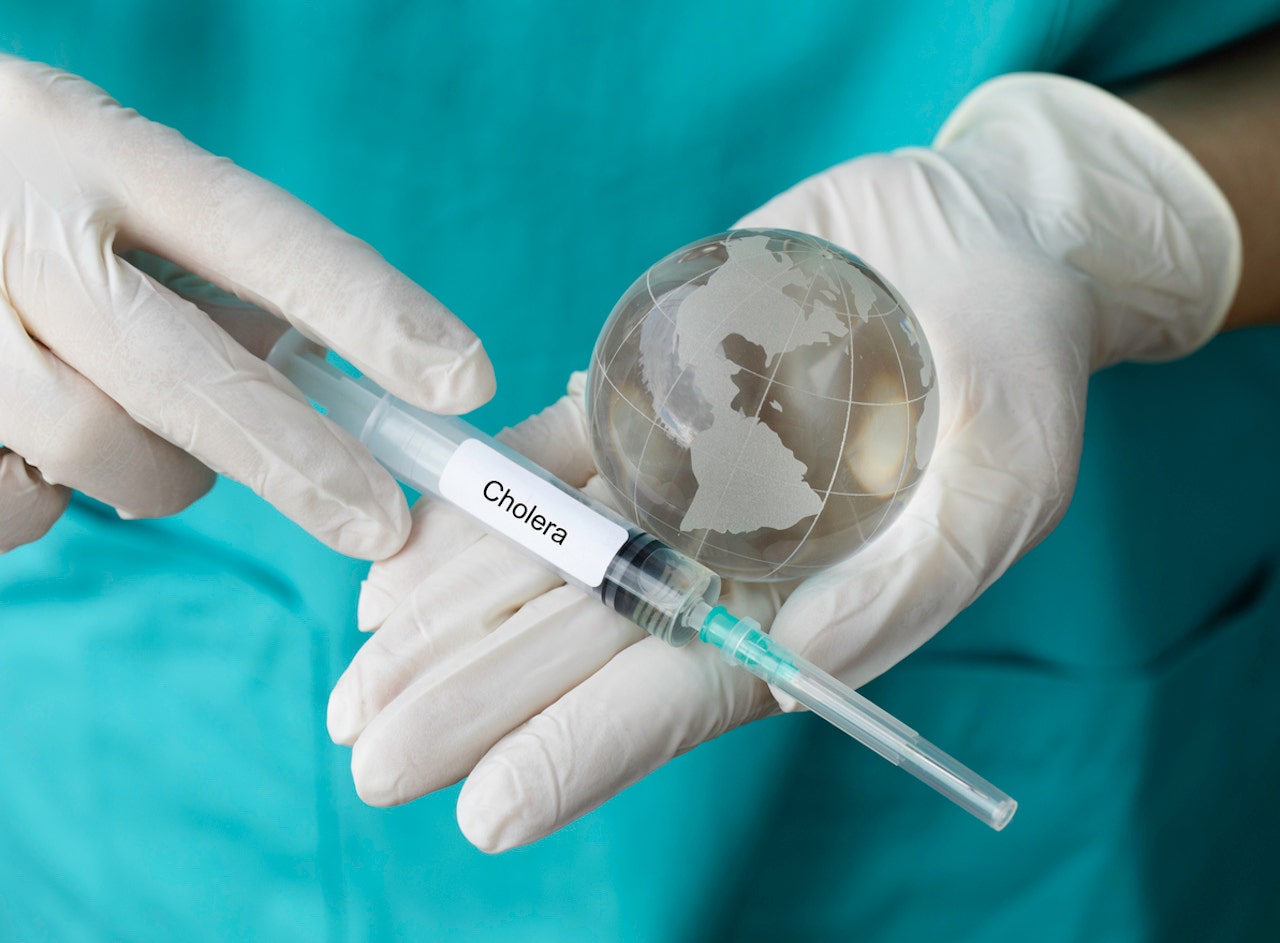
As cholera continues to surge — and as vaccines remain in short supply — experts are warning about the global risk.
Cholera is a bacterial disease typically spread by food and water, leading to severe diarrhea and dehydration. It has been on the rise around the world since 2021.
Each year, there are some 1.3 to 4 million cases of cholera worldwide, according to the World Health Organization (WHO). Approximately 21,000 to 143,000 deaths occur as a result.
HIGH LEVELS OF RESISTANT BACTERIA FOUND IN UNCOOKED MEATS AND RAW DOG FOOD: ‘RED FLAG’
Around 473,000 cases were reported to WHO in 2022, which was twice as many cases as the prior year.
Reported cases for 2023 are expected to exceed 700,000.
As cholera continues to surge — and as vaccines remain in short supply — experts are warning about the global risk. (iStock)
“It is concerning to see an increase in the number of cholera cases worldwide, with the majority of the cases in Asia, Africa and Latin America,” Dr. Renuga Vivekanandan, M.D., assistant dean and professor at the Creighton University School of Medicine in Omaha, Nebraska, told Fox News Digital.
The countries most affected include the Democratic Republic of the Congo, Ethiopia, Haiti, Somalia, Sudan, Syria, Zambia and Zimbabwe, according to UNICEF.
The disease can spread quickly in locations where there is insufficient treatment of drinking water and sewage.
Although cholera cases were prevalent in the U.S. in the 1800s, water treatment systems have largely eliminated the disease, per the CDC.
In rare cases, people in the U.S. have contracted the disease from consuming raw or undercooked shellfish from the Gulf of Mexico, the agency stated on its website.
AMID BIRD FLU SPREAD, EXPERTS REVEAL IF IT’S SAFE TO DRINK MILK: ‘INDIRECT CONCERN’
“In the U.S., the cases have remained very small and are usually from travel exposure,” Vivekanandan noted.
Why the spike in global cases?
Cholera is typically spread when someone drinks water or eats food that is contaminated with the bacterium Vibrio cholerae, according to the CDC.
The disease can spread quickly in locations where there is insufficient treatment of drinking water and sewage, the agency warned.
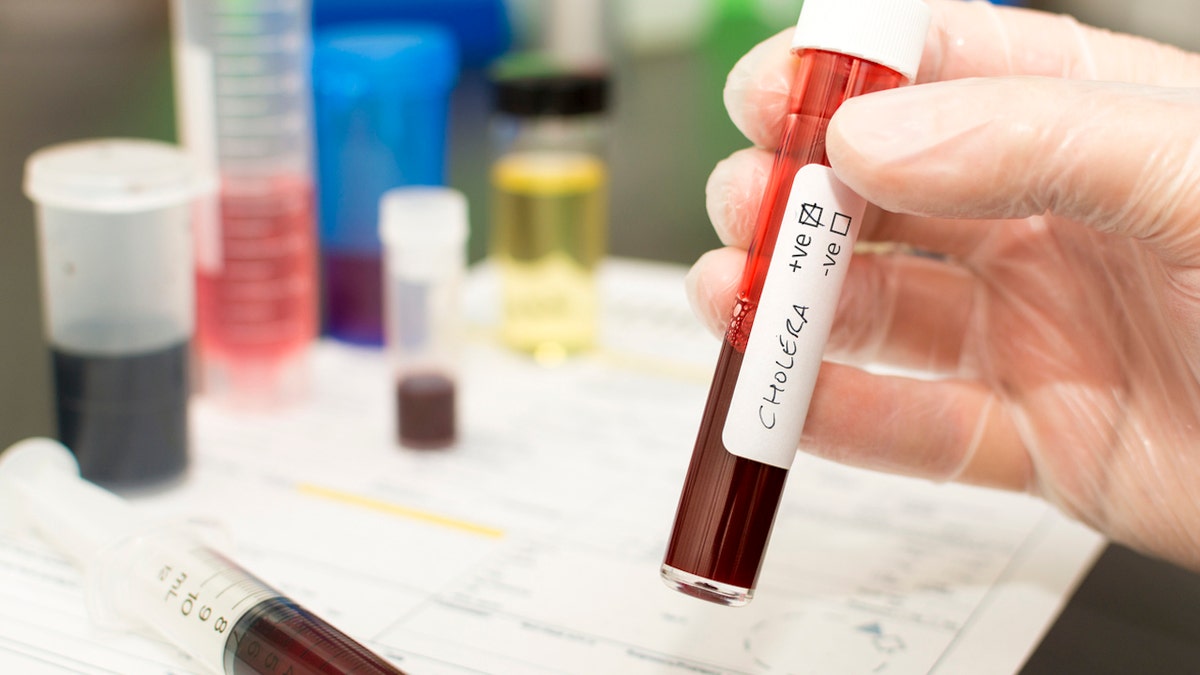
Cholera has been on the rise around the world since 2021, according to health officials. (iStock)
It is not typically transmitted from person to person.
UNICEF noted in a statement that the rise in cholera is driven by “persistent gaps in access to safe water and sanitation.”
“In the U.S., the cases have remained very small and are usually from travel exposure.”
“I think the cases might be increasing due to climate change, displacements of homes due to disasters, and not having good sanitary conditions, such as poor water sources,” Vivekanandan told Fox News Digital.
Symptoms of cholera
Around 10% of the people who are infected with cholera will develop severe symptoms, including watery diarrhea, vomiting and leg cramps, according to the U.S. Centers for Disease Control and Prevention (CDC).
Advanced symptoms include shock and dehydration.
Without treatment, the disease can be fatal.
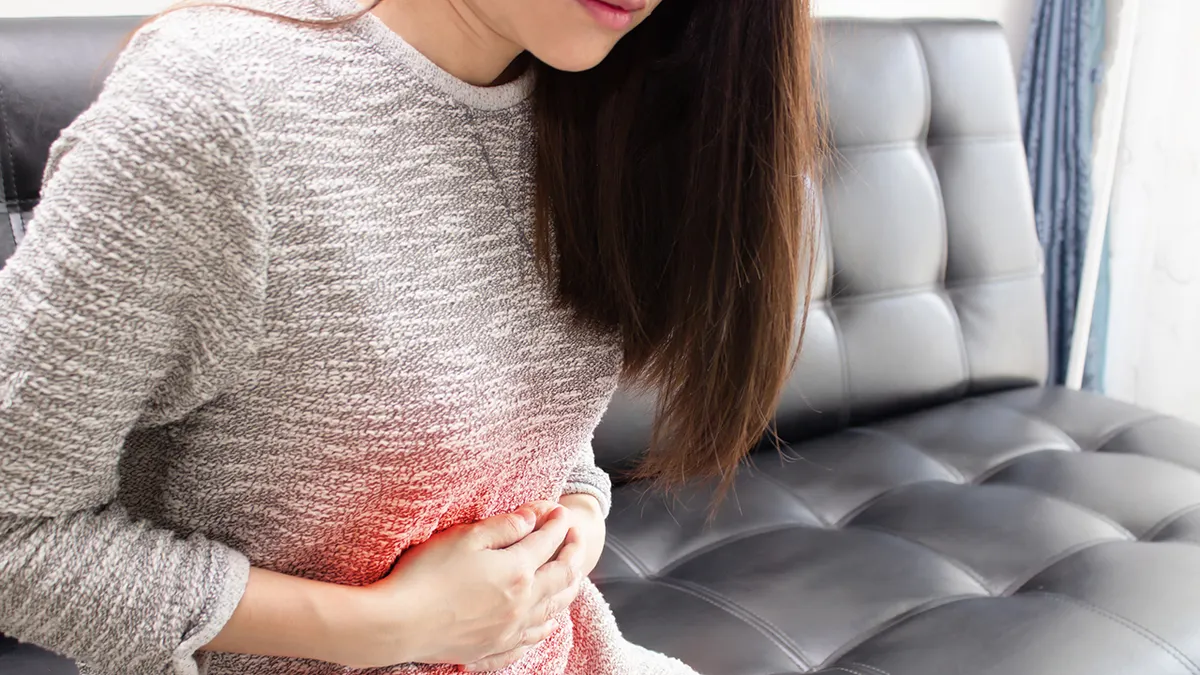
Around 10% of those who are infected with cholera will develop severe symptoms including watery diarrhea, vomiting and leg cramps, according to the CDC. (iStock)
“Dehydration is the biggest concern with cholera, and rehydration is the most important component of treatment,” said Vivekanandan.
“Most patients with cholera will have mild diarrhea, but 10% will have severe diarrhea and will need rehydration and treatment with antibiotics.”
WITH WHOOPING COUGH CASES ON THE RISE, DO YOU NEED A BOOSTER VACCINE?
Some groups are more susceptible to the disease, according to the CDC.
“Individuals with achlorhydria (the absence of hydrochloric acid in digestive stomach juices), blood type O, chronic medical conditions, and those without ready access to rehydration therapy and medical services are more likely to have severe disease from cholera and suffer poor outcomes,” the agency noted.
Treatment and prevention
The most effective treatment for cholera is “immediate replacement of the fluid and salts lost through diarrhea,” the CDC stated.
This is achieved by giving patients a mixture of sugar and salts mixed with 1 liter of water.
In some severe cases, the patient may require intravenous (IV) fluids.
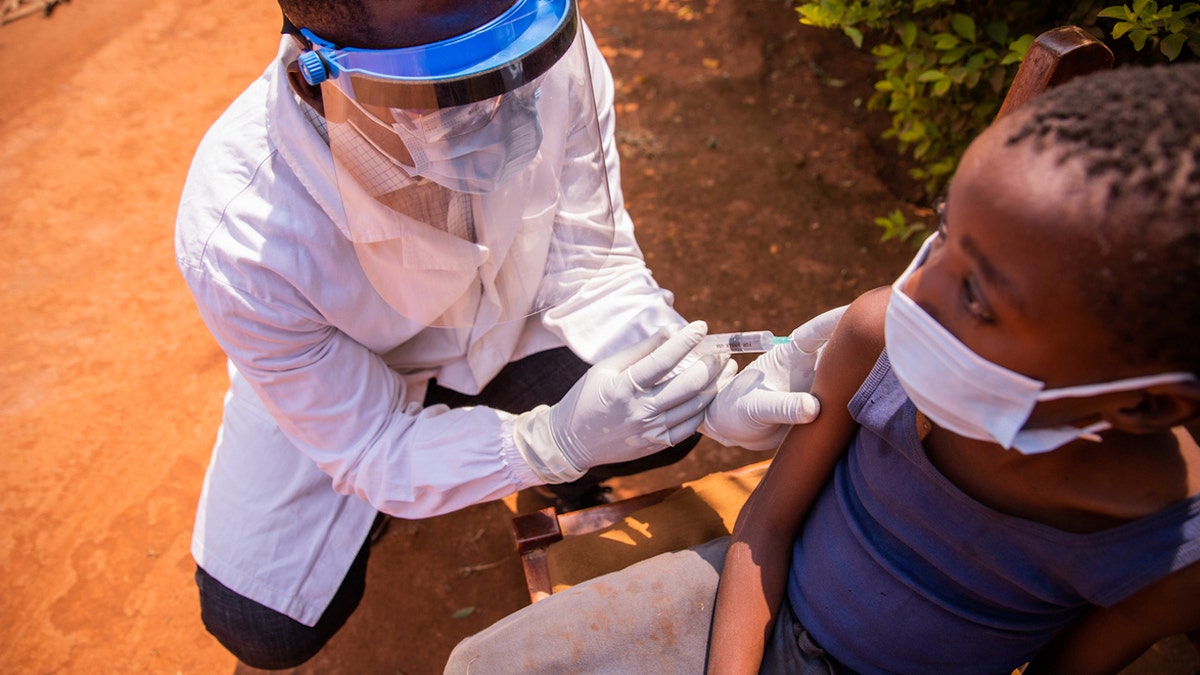
There is a “severe gap” in the number of available vaccine doses compared to the level of current need, said UNICEF. (iStock)
Some patients also receive antibiotics to make symptoms less severe.
“Persons who develop severe diarrhea and vomiting in countries where cholera occurs should seek medical attention promptly,” per the CDC.
There is a single-dose vaccine for cholera, called Vaxchora (lyophilized CVD 103-HgR).
CDC WARNS OF INVASIVE BACTERIAL OUTBREAK AMID SPIKE IN CASES AND FATALITY RATES: ‘RARE BUT SEVERE’
Those who are between the ages of 2 and 64 and who are traveling to “an area of active cholera transmission” are eligible to receive it.
There are three other cholera vaccines, but they are not available in the U.S.
What to know about vaccine shortage
There is a “severe gap” in the number of available vaccine doses compared to the level of current need, said UNICEF on its website.
“Between 2021 and 2023, more doses were requested for outbreak response than the entire previous decade,” UNICEF noted.

In rare cases, people in the U.S. have contracted the disease from consuming raw or undercooked shellfish from the Gulf of Mexico, the CDC stated on its website. (iStock)
While cholera vaccines used to be administered in two doses, the International Coordinating Group (ICG) changed the recommendation to a single dose in Oct. 2022 due to the ongoing shortage.
Vivekanandan called the vaccine shortage “very concerning.”
NEW ANTIBIOTIC KILLS DEADLY, DRUG-RESISTANT BACTERIA IN ‘SCIENTIFIC BREAKTHROUGH’
“This is a serious infection, and we must invest financial and other resources to reduce the worldwide burden,” he told Fox News Digital.
“International resources need to be committed, and partnerships with pharmaceutical companies need to happen to help produce more vaccines.”
“This is a serious infection, and we must invest financial and other resources to reduce the worldwide burden.”
Vivekanandan also urged people who are traveling from the U.S. to other countries to review the CDC’s travel guidance and get any required vaccines.
“I would also recommend that people follow good travel medicine guidance, such as drinking bottled water, eating well-cooked food and making sure to have good hand hygiene,” he added.
CLICK HERE TO SIGN UP FOR OUR HEALTH NEWSLETTER
“As the WHO has stated, we need to have multi-pronged approaches, with a combination of surveillance, water, sanitation and hygiene, social mobilization, treatment, and oral cholera vaccines available for communities at high risk.”

The disease can spread quickly in locations where there is insufficient treatment of drinking water and sewage. (iStock)
On the U.S. Food and Drug Administration (FDA) website, Vaxchora is listed as a “resolved shortage.”
The FDA noted that Emergent Travel Health, manufacturer of the vaccine, announced in May 2021 the temporary discontinuation and distribution of Vaxchora, “due to a significant reduction of international travel caused by the COVID-19 pandemic.”
The shortage is listed as having been resolved in May 2023.
Fox News Digital reached out to WHO, the FDA and Emergent requesting comment.
For more Health articles, visit www.foxnews.com/health.
Health
Pennsylvania mom seeks ‘perfect match’ bone marrow donor to cure daughter’s rare disorder: ‘Crucial need’
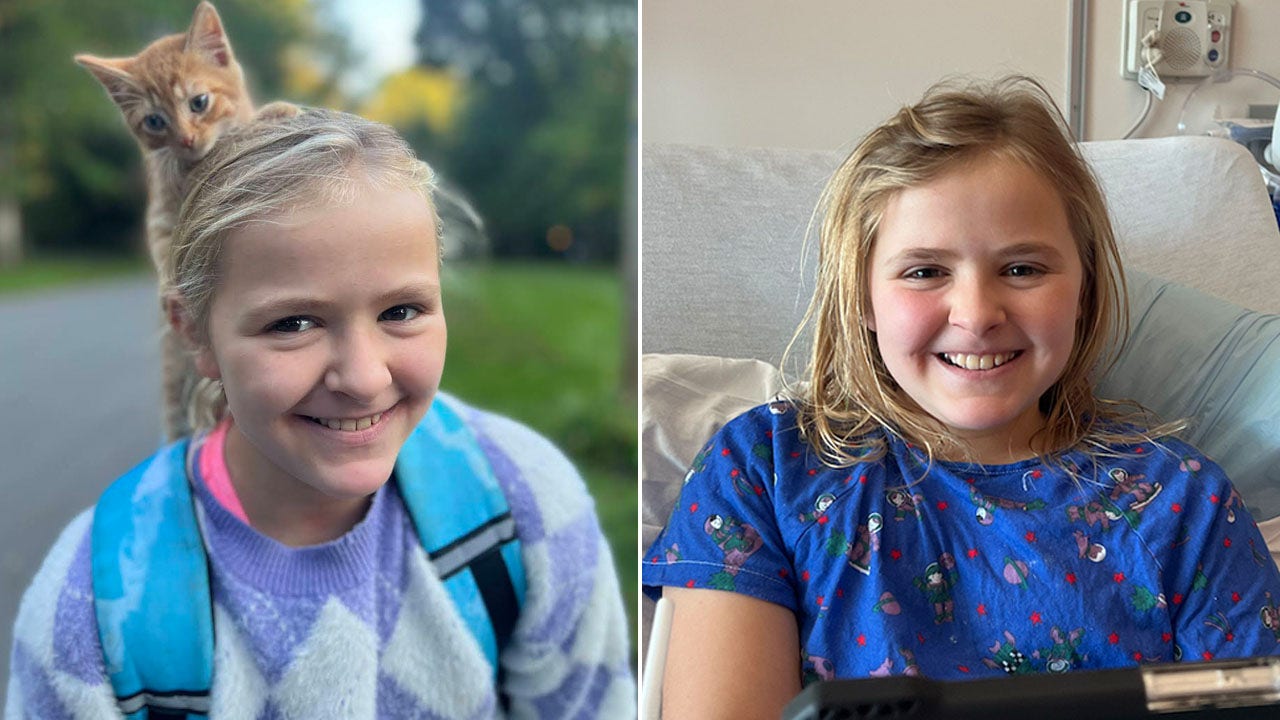
A 10-year-old girl in Pennsylvania is in dire need of a bone marrow transplant — and her mother is on a mission to find the perfect match.
Lani Walter suffers from a disease called DOCK8 deficiency (dedicator of cytokinesis 8 deficiency), an immunodeficiency syndrome that can cause recurrent, life-threatening infections.
DOCK8 is very rare, with only 250 people worldwide currently diagnosed, statistics show. The only cure for DOCK8 is a bone marrow transplant — also known as a hematopoietic stem cell transplant (HSCT).
YOUNG GIRL SURVIVES CANCER THANKS TO LITTLE SISTER’S LIFESAVING DONATION: ‘A PERFECT MATCH’
Ashleigh Walter, a kindergarten teacher, is pleading for people to join the bone marrow/blood stem cell registry to help her daughter find a donor by summer.
“Time is of the essence,” she told Fox News Digital.
Search for answers
Walter’s daughter was diagnosed with DOCK8 when she was 7½ years old, the culmination of a long series of symptoms and illnesses.
Lani Walter, 10, is in dire need of a bone marrow transplant — and her mother is on a desperate mission to find the perfect match. (Ashleigh Walter)
“Lani’s health issues started at just a couple of months old,” Walter told Fox News Digital during an interview. “As a baby, she had full-body eczema from head to toe and continuous ear infections.”
At 11 months old, she was diagnosed with severe allergies to eggs, milk, peanuts, tree nuts and many other foods. She’s also experienced continuous skin infections and staph infections.
In Jan. 2021, the family was invited to a clinic at the Children’s Hospital of Philadelphia (CHOP), where Walter’s daughter was able to see specialists from immunology, allergy and dermatology together in one appointment.
NEW JERSEY WOMAN RECOVERING AFTER RECEIVING SUCCESSFUL PIG KIDNEY TRANSPLANT
“They all came together to try and figure out what might be going on,” Walter said. “Each of the specialties ran their own special bloodwork to see what was going on with Lani.”
The results showed some abnormalities in the immune system, and doctors recommended doing genetic testing.

Lani Walter, pictured, has suffered from health issues since birth. She was diagnosed with a DOCK8 deficiency when she was 7 years old. The only known cure is a bone marrow transplant. (Ashleigh Walter)
A few months later, the family received the news that Walter’s daughter has two variants of the DOCK8 gene.
“If you have issues on both sides of the gene, that’s when you present with the disorder,” Walter said. “Testing showed that both my husband and I are recessive carriers to the DOCK8 variant, which we passed down to Lani.”
She added, “So that was when we found out that all of the health issues Lani has experienced throughout her entire life were not unrelated.”
“All of the health issues Lani has experienced throughout her entire life were not unrelated.”
Dr. Marc Siegel, clinical professor of medicine at NYU Langone Medical Center and a Fox News medical contributor, was not involved in Lani Walter’s care but commented on the condition.
“DOCK 8 is a rare immune condition where the bone marrow doesn’t make enough immune cells and the immune cells that are made have trouble penetrating into dense tissue, like skin,” he told Fox News Digital.
After the diagnosis, Walter’s daughter was invited to visit the National Institute of Health in Maryland, where researchers are studying DOCK8 deficiency.
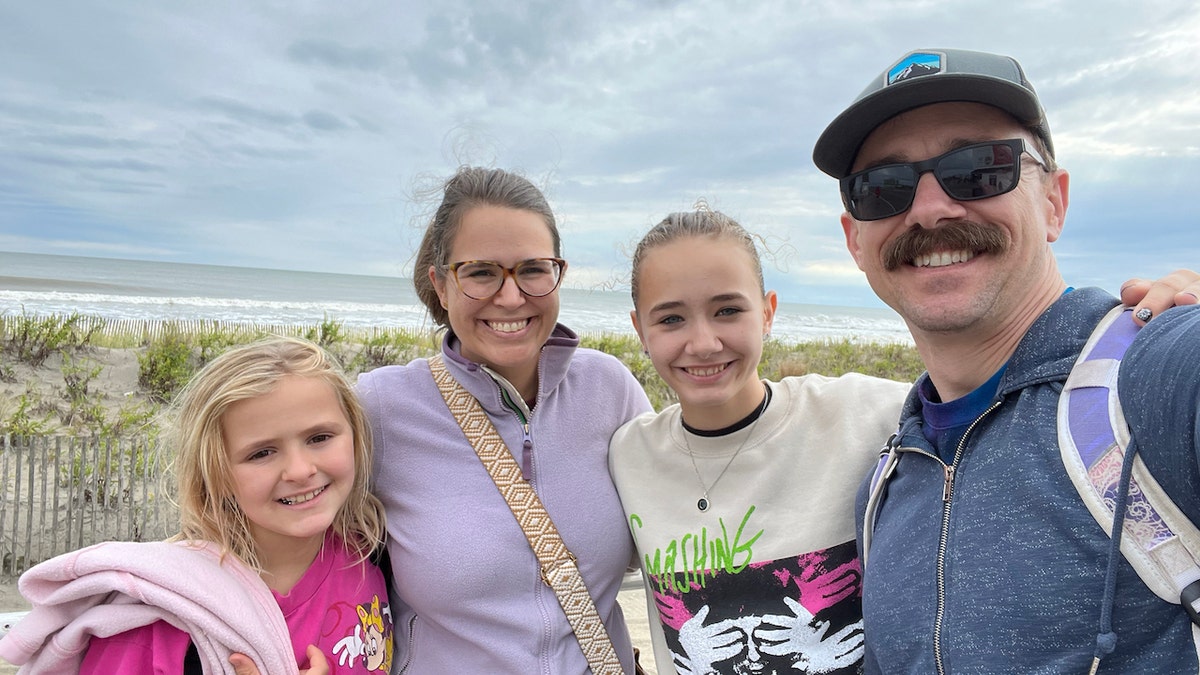
Lani Walter, left, is pictured with her mother, older sister and father. If she does not find a 100% perfect bone marrow match, her mom, Ashleigh Walter, who is a 50% match, will donate. (Ashleigh Walter)
“We go there about every six months to see how Lani is doing, and what they recommend as she gets older,” Walter said.
The symptoms of DOCK8 deficiency tend to get more severe as the child grows into late adolescence and early adulthood, doctors have said.
Some of the biggest concerns are respiratory difficulties and a higher risk of various cancers, along with the ongoing risk of infections.
FOUR TEXAS RESIDENTS FOREVER CONNECTED BY TWO KIDNEY DONATIONS IN DIFFERENT CITIES: ‘SUPERBLY TIMED’
To help manage her condition, Walter’s daughter has been getting weekly intravenous immune globulin (IVIG) infusions, which add human antibodies to help fight off infections.
She also takes daily antibiotics to help prevent pneumonia, uses an inhaler to help her respiratory system and takes other medications to treat different illnesses she experiences as a result of her DOCK8 deficiency.
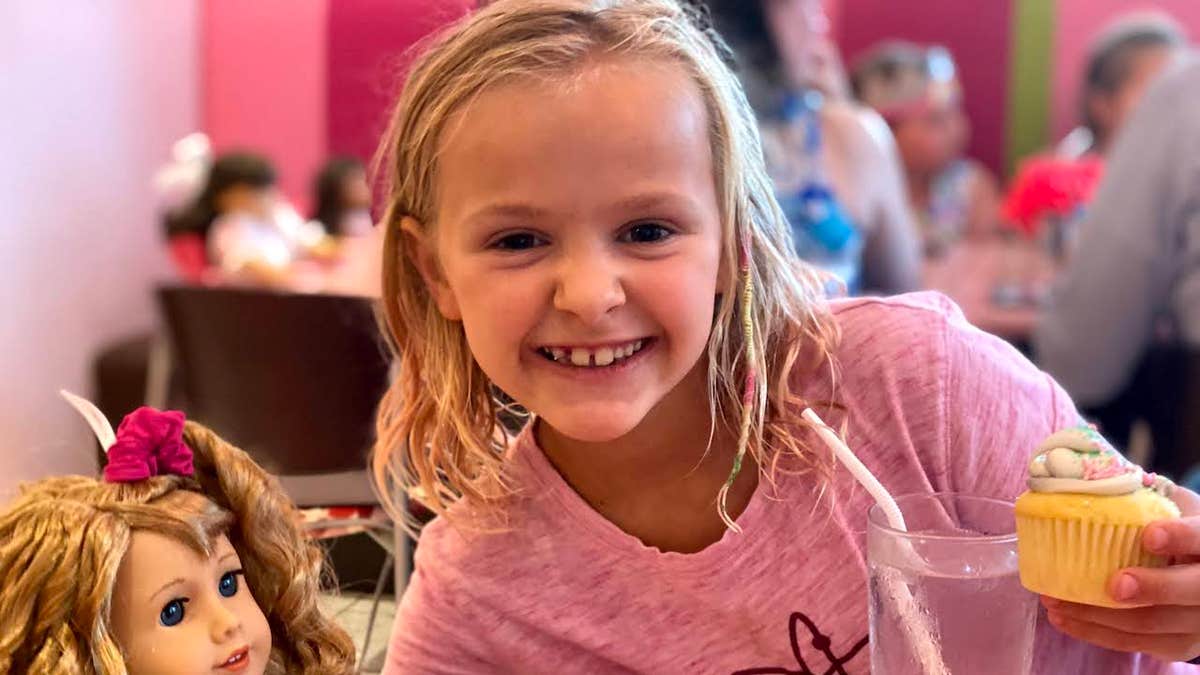
Lani Walter’s hobbies include swimming, crafting, bike-riding, and spending time with her friends and pets. (Ashleigh Walter)
“That’s probably one of the least favorite parts of her day, when I tell her that she needs to take her medicine,” Walter said.
Since the only cure for her condition is a bone marrow transplant, “her doctors recommend that Lani has [the] transplant to help cure the DOCK8 before she gets older.”
What to know about bone marrow transplants
Dr. Brett Osborn, a Florida neurologist and longevity expert at Senolytix, described HSCT as a “transformative reset button” for patients suffering from DOCK8 deficiency.
Osborn is not involved in Lani Walter’s care.
“Imagine your immune system as a computer plagued by a virus,” he told Fox News Digital.
“HSCT can mean a dramatic shift toward immunologic normalcy, providing a new lease on life.”
“HSCT removes the compromised ‘software’ and installs new, functional cells. For individuals with DOCK8 deficiency — who typically face frequent infections, severe allergies and increased cancer risk — HSCT can mean a dramatic shift toward immunologic normalcy, providing a new lease on life.”
Siegel also emphasized the procedure’s importance, calling it a “crucial life-saving procedure.”
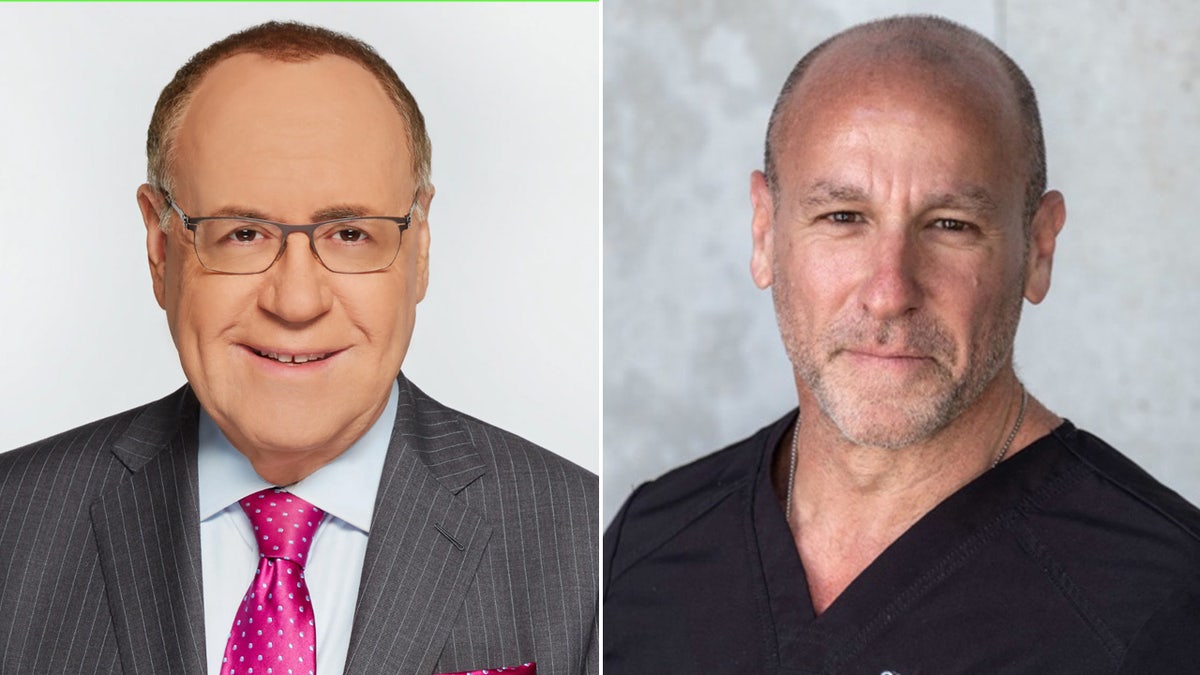
Dr. Marc Siegel, left, and Dr. Brett Osborn, right, both weighed in on the importance of a diverse bone marrow registry. (Dr. Marc Siegel/Dr. Brett Osborn)
The average wait for a transplant is about three months, according to Siegel.
“They are very expensive — about $190,000,” he said. “Insurance generally covers the procedure, but not the cost of finding a donor.”
There is around a 25% chance that a sibling will be a match. In Lani Walter’s case, her 14-year-old sister was not a match.
PENNSYLVANIA MOTHER AND SON BOTH BORN WITH RARE GENETIC DISEASE: ‘CLOSER BECAUSE OF THIS’
“The overall chance of finding a match in the world is 1/3 to 2/3,” Siegel said.
The National Marrow Donor Program (NMDP) maintains a registry of people who are willing to donate. The Walter family found a 90% match on the registry, but the optimal situation would be to find a 100% match.
“There’s much less risk with the bone marrow transplant if you can find that perfect match,” Walter told Fox News Digital.
‘Time is of the essence’
Lani Walter’s doctors recommend that she receives the donation before she starts middle school. Next year, she will start fifth grade.
“Ideally, we would do it before Lani sees significant issues with other organs in her body,” said Ashleigh Walter.
“Joining the bone marrow registry could be your most profound gift.”
If the family does not find a perfect match, Walter said she will donate to her daughter, as parents are always half-matches.
“Obviously, we would still love for her to be able to find a full match on the donor registry, which is much less of a risk,” she said. “But if that’s not possible, we can move forward with a half match.”

Lani Walter’s doctors are recommending she receive the bone marrow donation before she starts middle school. Next year, she will start fifth grade. (Ashleigh Walter)
With partial matches, there is a higher risk of “graft versus host disease,” which is a complication that occurs when donor bone marrow or stem cells attack the recipient.
“It can cause different issues throughout the body, similar to an organ transplant rejection,” Walter said.
If her daughter receives a successful bone marrow transplant, Walter said — she will be cured of DOCK8.
PENNSYLVANIA PARENTS HONOR THEIR DAUGHTER WHO DIED OF A RARE GENETIC DISEASE: ‘SWEETEST GIRL IN THE WORLD’
“She won’t have an immune deficiency anymore,” she said. “She’ll adopt the immune system of the donor, and we won’t have to worry about any of those increased risks at all.”
Walter is hopeful that her daughter — whom she describes as “a little kid at heart” — will soon be healthy and able to return to the activities she loves, including swimming.
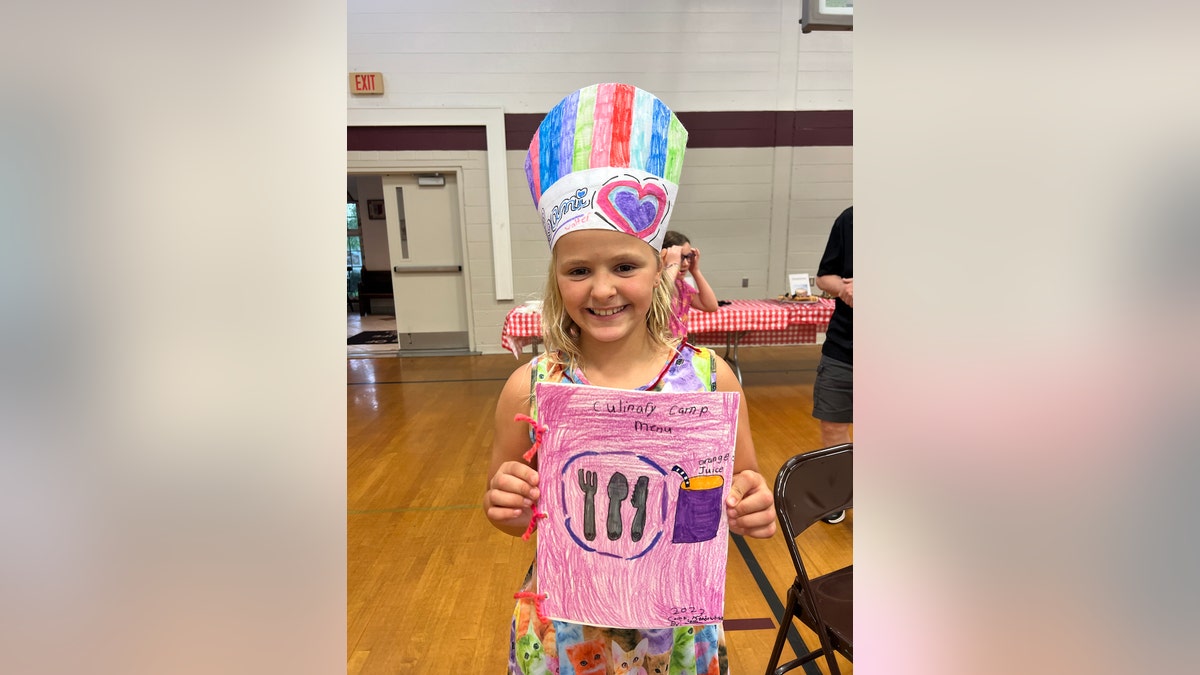
If her daughter receives a successful bone marrow transplant, Ashleigh Walter said, she will be cured of DOCK8. Walter is hopeful that her daughter will soon be healthy and able to return to the activities she loves (Ashleigh Walter)
“Lani has been on a swim team since kindergarten, and this will be her first summer not doing it,” Walter said.
She also enjoys bike-riding, crafting, and spending time with her friends and pets.
A call to register
There are millions of potential donors on the bone marrow registry — with more than 300,000 Americans joining just last year — but Walter noted that the likelihood of someone finding a perfect match is very low.
“The more people who join the registry, the more likely that a perfect match will be there for you,” she said.
THE GIRL WHO CAN’T SMILE: HOW A RARE DISORDER BECAME A YOUNG WOMAN’S ‘GREATEST GIFT’
As a neurosurgical trauma surgeon, Osborn of Florida said he can attest to the dire need for blood and bone marrow donors.
“There is a critical shortage of both,” he said. “In emergency and surgical settings, the availability of blood products can be the difference between life and death.”
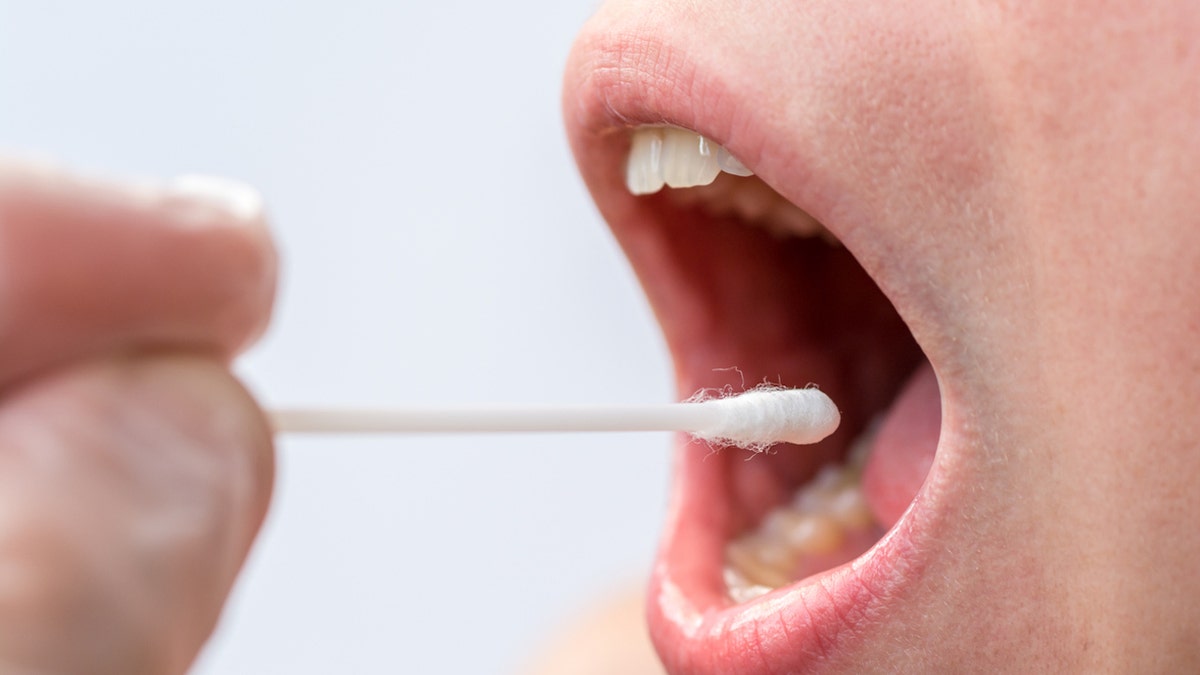
People can join the bone marrow registry by visiting the NMDP’s website to order a test kit. “It’s a really simple cheek swab kit that they’ll send to your house and then you send it back,” Walter said. (iStock)
It’s “vital” to have diversity in the bone marrow registry, Osborn noted.
“A closely matched donor reduces complications and improves outcomes,” he said.
“This emphasizes why everyone should consider joining the registry. We can all manufacture these potentially life-saving blood products, and by donating, we fulfill a crucial societal need.”
CLICK HERE TO SIGN UP FOR OUR HEALTH NEWSLETTER
While some have the misconception that donation is difficult, Osborn said that’s not the case.
“Donating bone marrow is a low-risk, outpatient procedure associated with only minor discomfort. It’s a great way to pay it forward.”
“In emergency and surgical settings, the availability of blood products can be the difference between life and death.”
People can join the bone marrow registry by visiting the NMDP’s website to order a test kit.
“It’s a really simple cheek swab kit that they’ll send to your house and then you send it back,” Walter said. “You don’t have to pay any money for anything.”
“The more people that join, the more people who can find their perfect match.”
“For conditions like DOCK8 deficiency, a bone marrow transplant can offer a chance at a healthier life,” Osborn added.
“Joining the bone marrow registry could be your most profound gift, potentially saving a life with your healthy cells.”
For more Health articles, visit www.foxnews.com/health.
-

 News1 week ago
News1 week agoBoth sides prepare as Florida's six-week abortion ban is set to take effect Wednesday
-

 Politics1 week ago
Politics1 week agoColumbia University’s policy-making senate votes for resolution calling to investigate school’s leadership
-

 Politics1 week ago
Politics1 week agoGOP Rep. Bill Posey won't seek re-election, endorses former Florida Senate President as replacement
-

 World1 week ago
World1 week agoBrussels, my love? MEPs check out of Strasbourg after 5 eventful years
-

 World1 week ago
World1 week agoRussian forces gained partial control of Donetsk's Ocheretyne town
-

 Politics1 week ago
Politics1 week agoHouse Republicans brace for spring legislative sprint with one less GOP vote
-

 World1 week ago
World1 week agoAt least four dead in US after dozens of tornadoes rip through Oklahoma
-

 Politics1 week ago
Politics1 week agoAnti-Trump DA's no-show at debate leaves challenger facing off against empty podium














